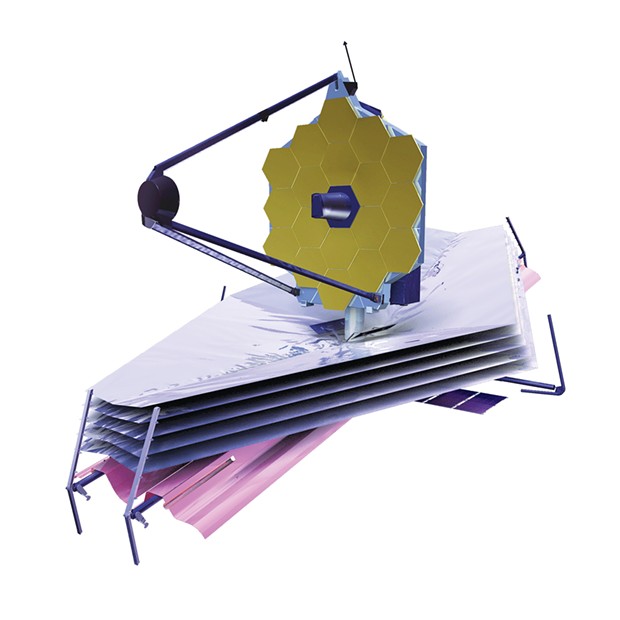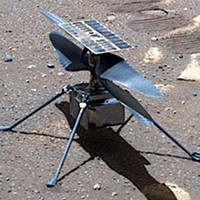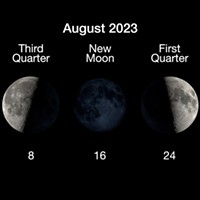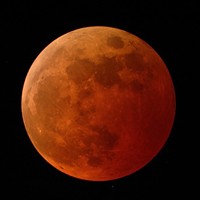
The James Webb Space Telescope shown in its deployed, operational mode. The 18 hexagonal mirror segments combine into one with a diameter of about 21 feet. Its five-layer sunshield will keep the telescope at the re quired minus 370 degrees, otherwise infrared radiation from the telescope itself would overwhelm its instruments.
[
{
"name": "Top Stories Video Pair",
"insertPoint": "7",
"component": "17087298",
"parentWrapperClass": "fdn-ads-inline-content-block",
"requiredCountToDisplay": "1"
}
]
The scheduled Dec. 22 launch of the James Webb Space Telescope from French Guiana will be the culmination of a quarter-century of designing, building and testing the most complicated thing ever built by humans. Webb, 25 years in the making, will succeed Hubble as NASA's flagship project. Before reading more, I encourage you to check out an animation at www.youtube.com/watch?v=v6ihVeEoUdo&t=249s, which shows the deployment of the telescope, origami-style, over the 29-day period following launch. The video gives a glimpse into the incredible complexity required to squeeze a large telescope into the cramped nose cone of a rocket. More than 50 major steps are needed to unfold the telescope and its sunshield, each of which has to work perfectly.
Why do we need another space telescope?
Over the last 31 years, Hubble, launched in 1990, has demonstrated the enormous value of large space telescopes. In that time, it's opened up entire areas of research, including the evolution of galaxies, atmospheric studies of exoplanets (planets beyond our solar system) and the accelerating expansion of the universe. However, Hubble is also limited by the size of its mirror (8 feet in diameter), restricted ability to see in infrared wavelengths and its low Earth orbit. Webb, which will orbit the sun a million miles from Earth, is designed to overcome these limitations, especially in its ability to see far into the infrared.
So it's a bigger telescope?
Much bigger, with six times Hubble's light-gathering area. Its 21-foot diameter mirror would have been too large to fit into the nose cone of a launch vehicle as one piece, so Webb's mirror consists of 18 hexagonal gold-coated beryllium segments, each about four feet across, which will unfold like the petals of a flower once it's in space. Its resolution is equivalent to seeing a penny 24 miles away.
Why won't it be in low Earth orbit, like Hubble?
Hubble orbits 340 miles above Earth's surface, meaning it's been possible to service it — five times — a huge advantage compared with Webb, which is on its own after launch. However, Webb's solar orbit will allow it to operate at the extremely low temperature — minus 370 degrees — needed for deep infrared astronomy, compared to the balmy 59 degrees of Hubble's mirror. Webb's orbit also means that the telescope will have much better pointing and observing efficiency than Hubble, which goes in and out of sunlight every 90 minutes.
How can it stay a million miles from Earth if it's orbiting the sun beyond Earth?
Webb will be in a "halo orbit" around the second Sun-Earth Lagrange point, or L2. Normally, the gravitational force on an object (space telescope) from two massive bodies (Sun and Earth) leads to an erratic, wandering orbit. In the 1700s, Leonhard Euler and Joseph-Louis Lagrange discovered five points at which gravity and centrifugal forces cancel out, resulting in stable orbits. The Webb will need very little fuel to keep it consistently positioned at L2.
How does Webb's mirror stay so cold? And why is that important?
Webb's low temperature is needed for sensitivity to minute variations in infrared signals, including those from exoplanets and from the very earliest stars and galaxies. The telescope's sunshield will block radiation from the Sun (and Earth and moon) like a tennis-court-size parasol. It consists of five hair-thin layers of Kapton, an aluminum-coated polyimide film, with the outermost sun-facing side at a temperature nearly that of boiling water and the inner side at the temperature of liquid nitrogen. The "origami" video I referred to above shows how these huge sheets of material are unfurled in space, a nail-biting procedure, especially since one ripped during a practice deployment three years ago, leading to a major re-design.
To be continued next week.
Barry Evans (he/him, [email protected]) will be holding his breath for a full 29 days until deployment is complete, following launch at 4.20 a.m. Humboldt time on Dec. 22.
Speaking of...
-

The Little Drone that Could
Mar 14, 2024 -

Super Blue Moon Set to Rise
Aug 23, 2023 -

'Blood Moon' Lunar Eclipse Starts Just After Midnight
Nov 7, 2022 - More »
Comments
Showing 1-1 of 1
more from the author
-
The Other Evolutionist
- Jul 25, 2024
-
Rise and Fall of the "Sunshine Vitamin," Part Two
- Jul 11, 2024
-
Rise and Fall of the 'Sunshine Vitamin,' Part One
- Jul 4, 2024
- More »
































